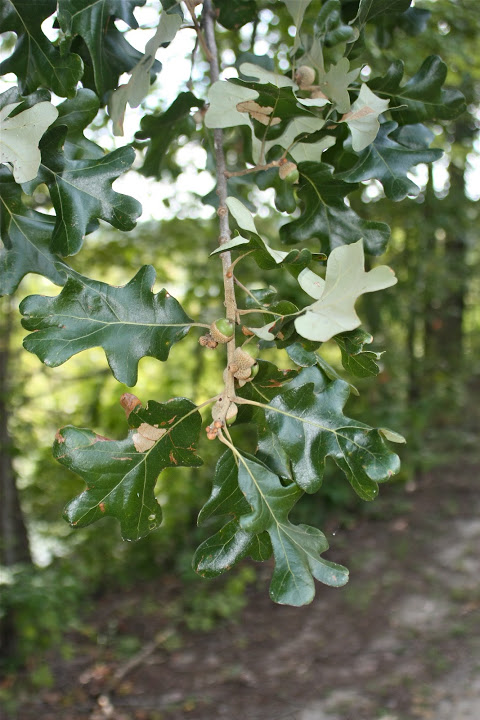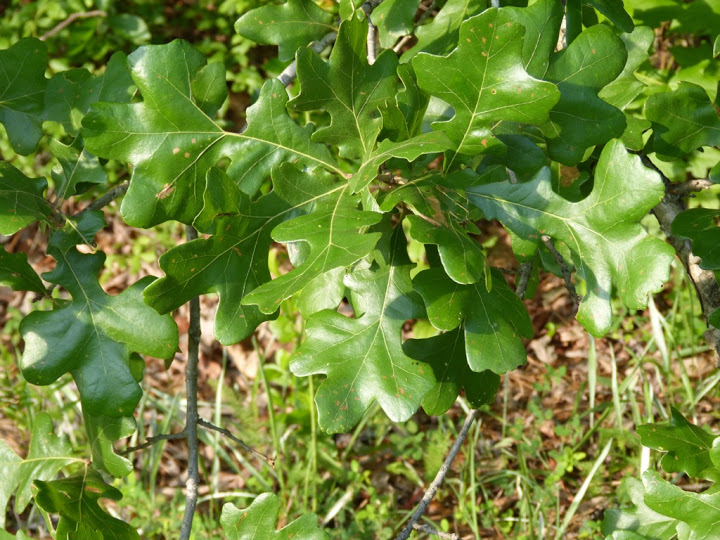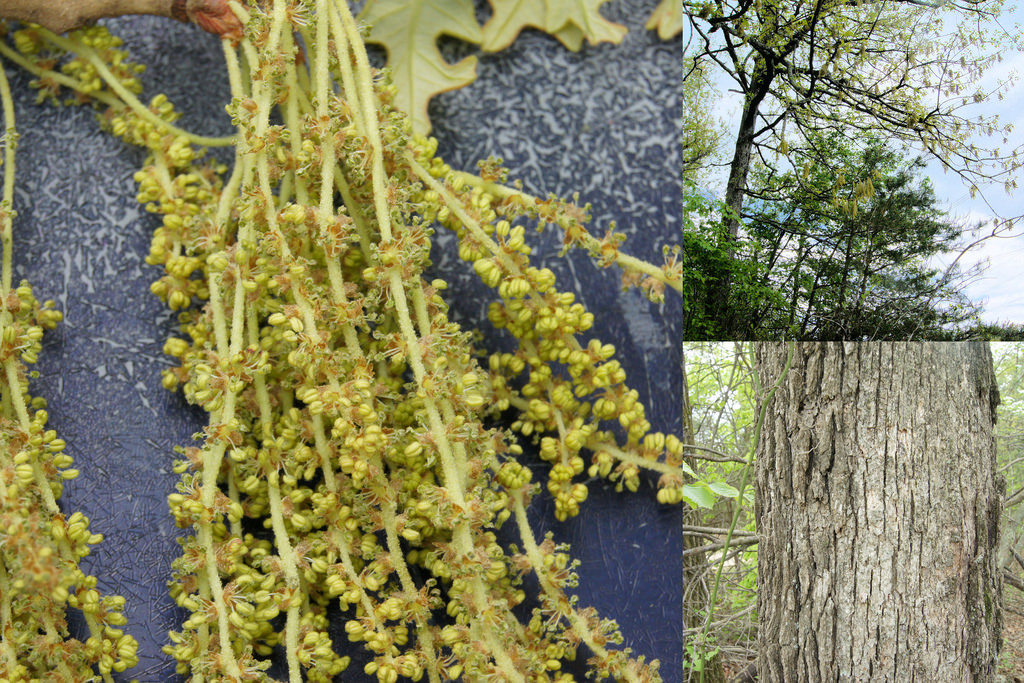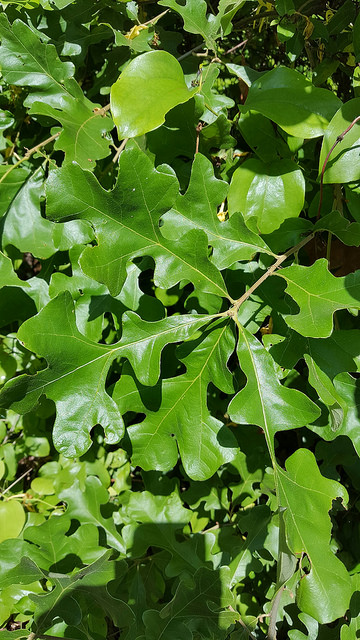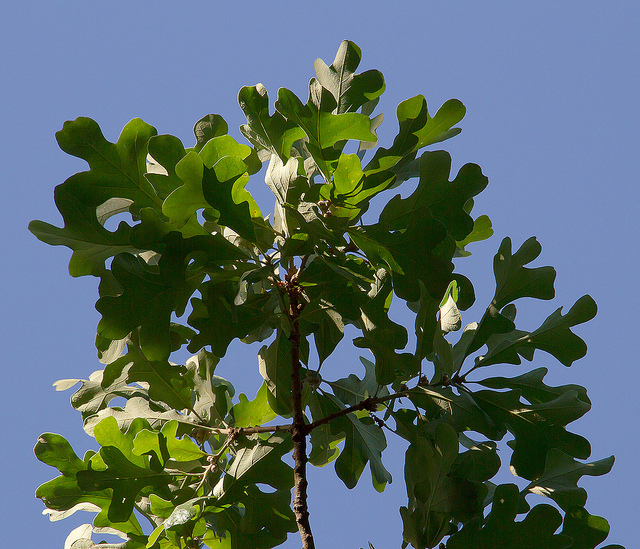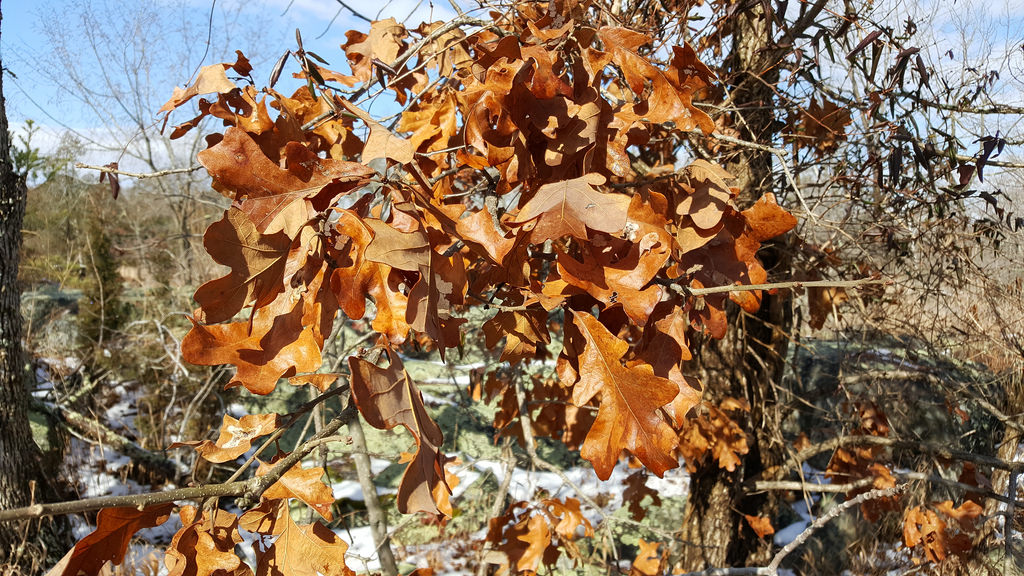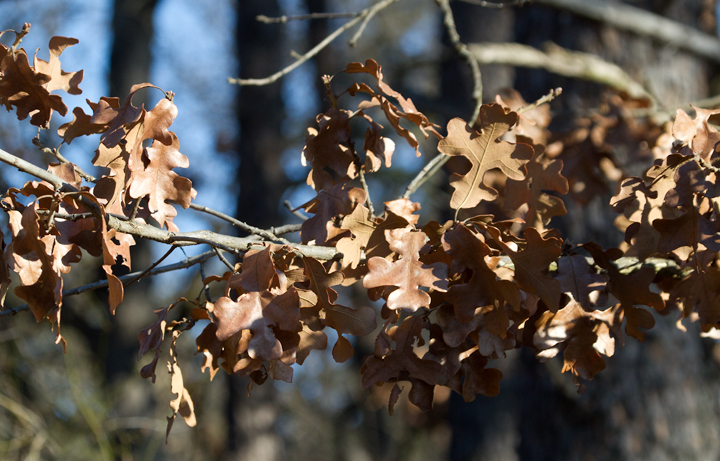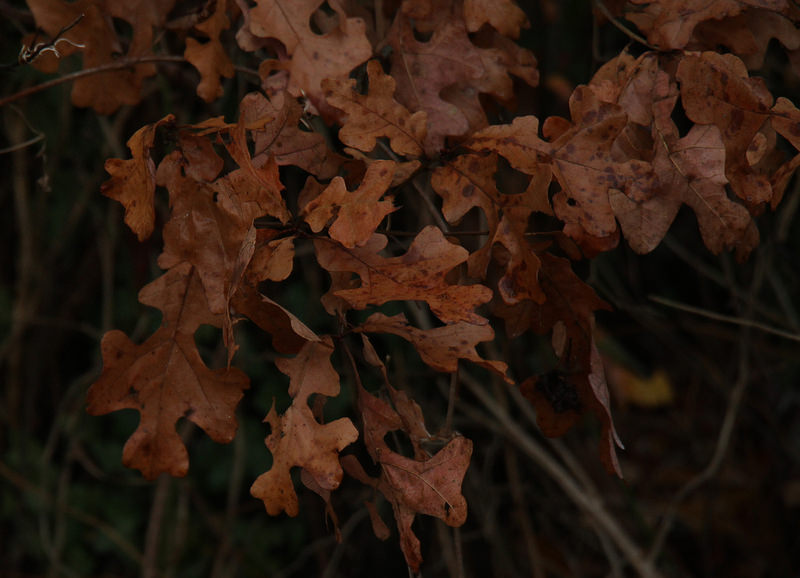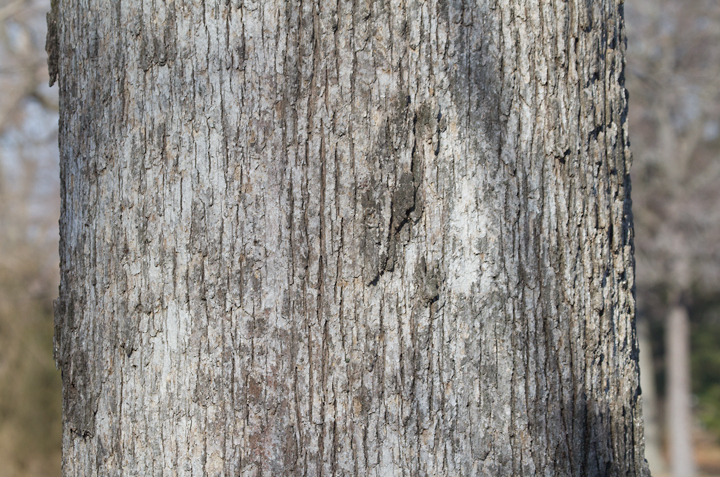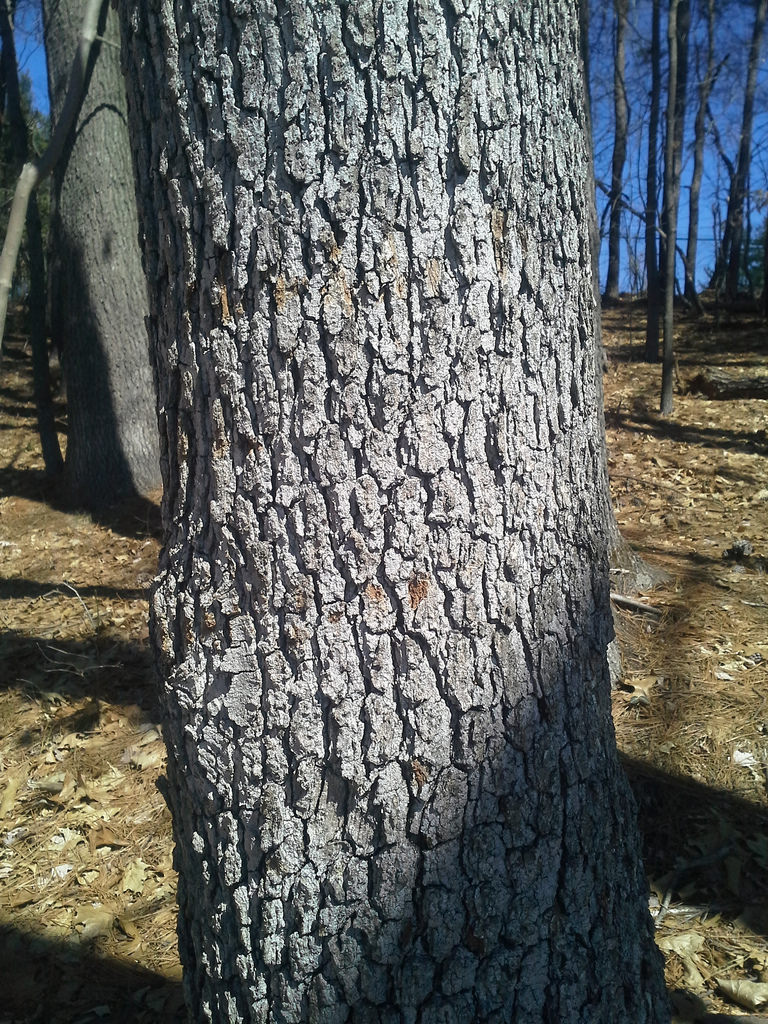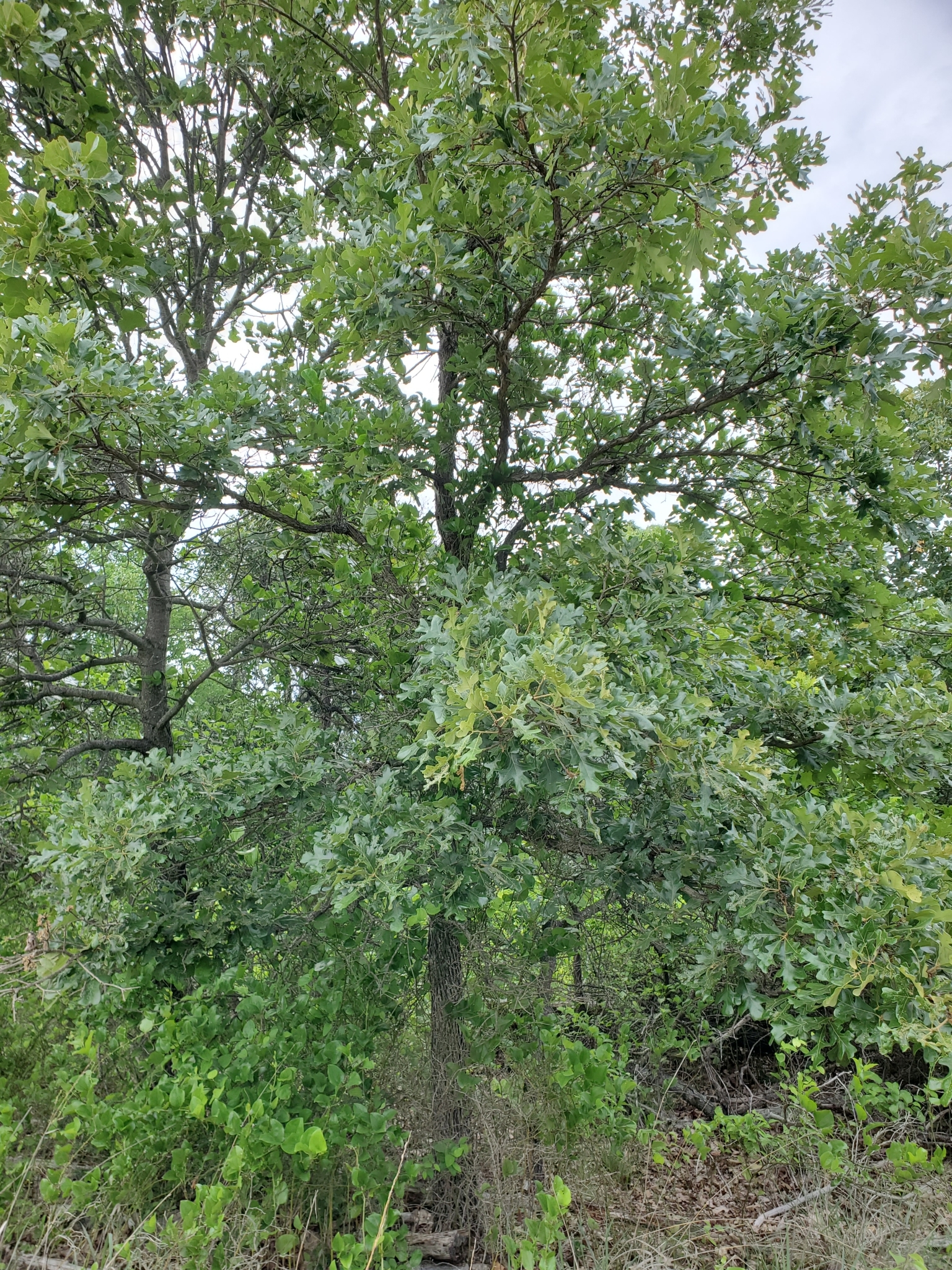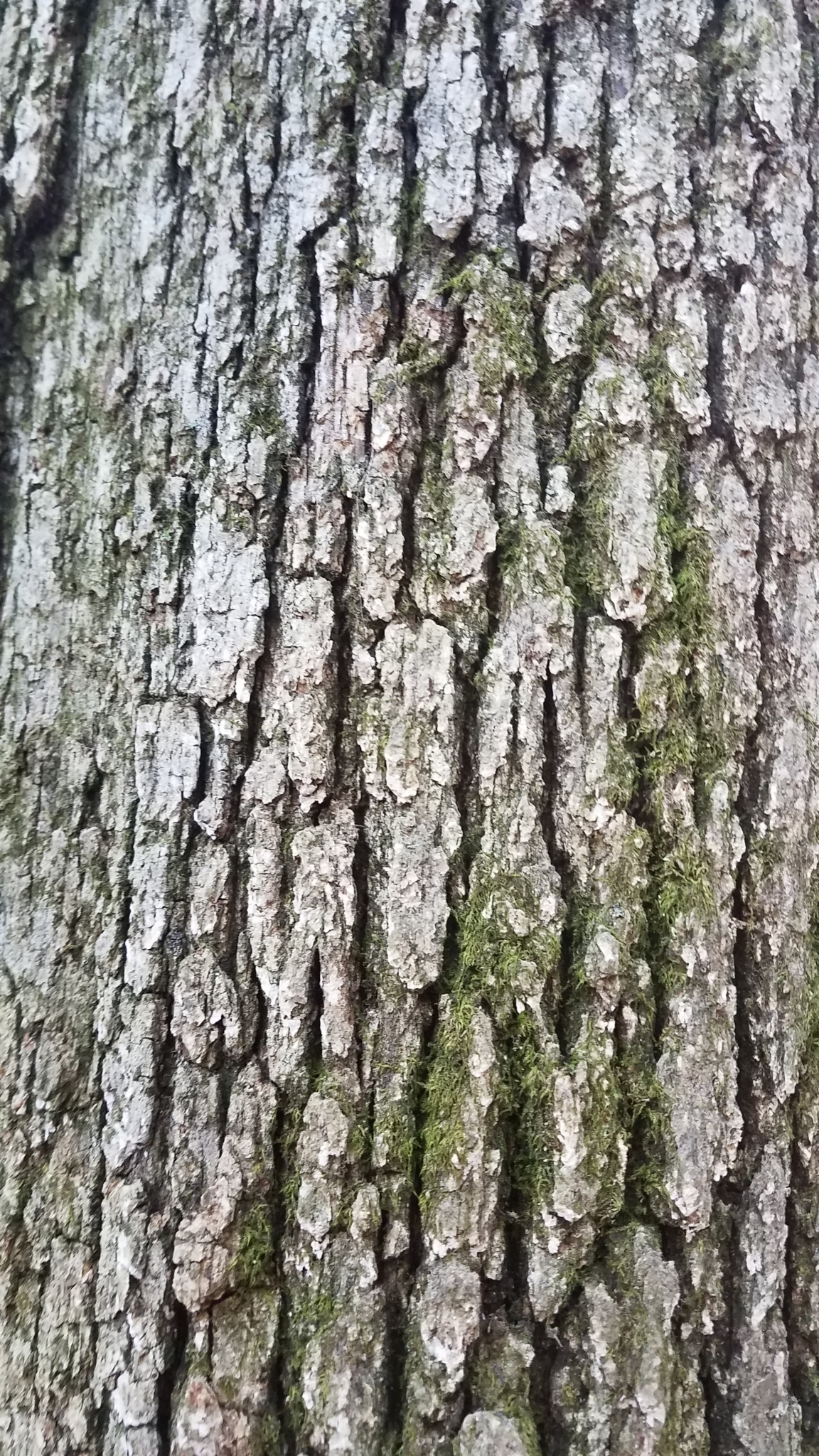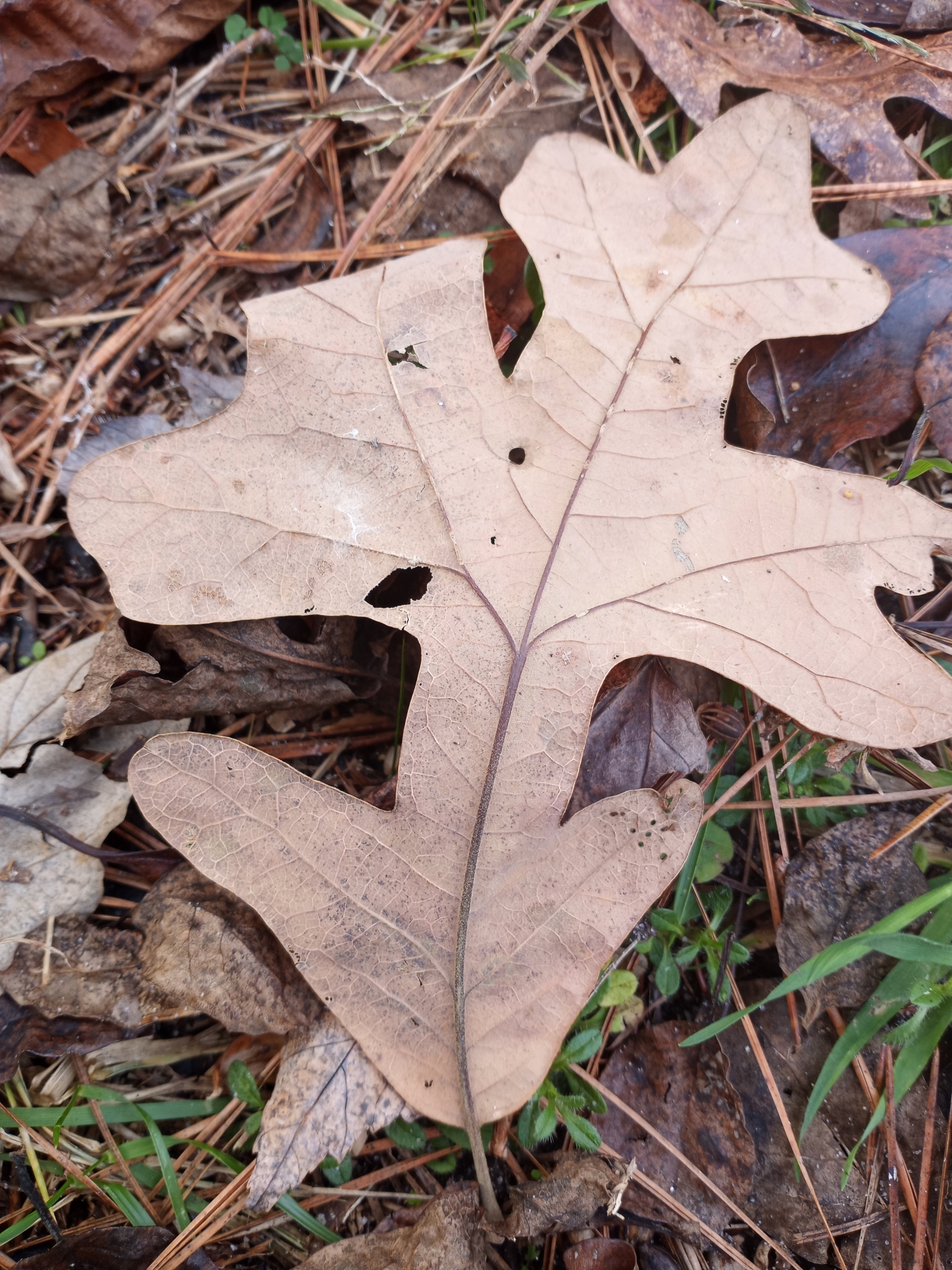Map Snapshot























351 Records
Status
Fairly common from Allegany County eastward into the Coastal Plain. One of the few tree species on the shale barrens of Allegany County and the serpentine barrens near Baltimore (Brown and Brown, 1972).Post Oak occurs on dry, sterile, upland clay and sandy soil, from Massachusetts south to Florida, west to Texas, and north to Iowa (Stein, et al., 2003).
Description
The central pair of lobes of the leaf are generally longer and much broader than the others, giving the leaf a cross-like shape.
Where To Find
Post Oak is common in Green Ridge State Forest and Soldiers Delight Serpentine Barrens. In the Great Falls area of Montgomery County, Maryland, Post Oak is common on the bedrock terrace but rare on the surrounding upland (Reed, et al., 1980).
Relationships
Host plant for the Buck Moth and Ashy Meganola Moth.
Seasonality Snapshot
Source: Wikipedia
| Post oak | |
|---|---|
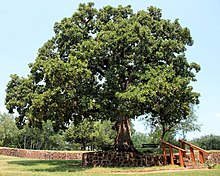
| |
| The Houston Campsite oak in Grapevine Springs Preserve, Coppell, Texas | |
| Scientific classification | |
| Kingdom: | Plantae |
| Clade: | Tracheophytes |
| Clade: | Angiosperms |
| Clade: | Eudicots |
| Clade: | Rosids |
| Order: | Fagales |
| Family: | Fagaceae |
| Genus: | Quercus |
| Subgenus: | Quercus subg. Quercus |
| Section: | Quercus sect. Quercus |
| Species: | Q. stellata
|
| Binomial name | |
| Quercus stellata | |

| |
| Natural range of Quercus stellata | |
| Synonyms[2] | |
|
List
| |
Quercus stellata, the post oak or iron oak, is a North American species of oak in the white oak section. It is a slow-growing oak that lives in dry areas on the edges of fields, tops of ridges, and also grows in poor soils, and is resistant to rot, fire, and drought. Interbreeding occurs among white oaks, thus many hybrid species combinations occur. It is identifiable by the rounded cross-like shape formed by the leaf lobes and hairy underside of the leaves.
Taxonomy
[edit]The specific epithet stellata is Latin for "star";[3] it is named this because the trichome hairs on the bottom of the leaves are stellate[4] or star-shaped. Several variants of Q. stellata were named by American botanist Charles Sprague Sargent. The variety most recognised by the United States Forest Service is Q. stellata var. paludosa Sarg (delta post oak).[5]
Varieties
[edit]Varieties include:[6]
- var. margarettiae (Ashe) Sarg.
- var. paludosa Sarg.
- var. boyntonii (Beadle) Sarg.
- var. anomala Sarg.
- var. attenuata Sarg.
- var. araniosa Sarg.
- var. palmeri Sarg.
- var. parviloba Sarg.
- var. rufescens Sarg.
Hybrids
[edit]| Hybrid Name | Q. stellata x <sp.> |
|---|---|
| Q. × stelloides E. J. Palmer | Q . prinoides |
| Q. × mahloni E. J. Palmer | Q . sinuata var. breviloba |
| Q. × pseudomargaretta Trelease | Q . margaretta |
| Q. × sterretti Trelease | Q . lyrata |
| Q. × macnabiana Sudworth | Q . sinuata |
| Q. × guadalupensis Sargent | Q . macrocarpa |
| Q . × fernowi Trelease | Q . alba |
| Q. × bernardensis W. Wolf | Q . montana |
Description
[edit]
Post oak is a relatively small tree, typically 10–15 metres (33–49 feet) tall and trunk 30–60 centimetres (12–24 inches) in diameter, though occasional specimens reach 30 m (98 ft) tall and 140 cm (55 in) in diameter. The leaves have a very distinctive shape, with three perpendicular terminal lobes, shaped much like a Maltese cross. They are leathery, and tomentose (densely short-hairy) beneath. The branching pattern of this tree often gives it a rugged appearance. The acorns are 1.5–2 cm (5⁄8–3⁄4 in) long, and are mature in their first summer.[4]
Similar species
[edit]Both Quercus stellata and Q. alba are in a section of Quercus called the white oaks.[8] In the white oak section, Q. stellata is a sister taxon with Q. alba.[9] Q. stellata is sold and distributed as white oak. One identifiable difference between the two trees is that Q. stellata is 'hairy' on the underside of the leaf.[10]
Distribution and habitat
[edit]Q. stellata is found in the eastern and Midwestern United States both inland and along the coast, then in a narrow range along the eastern coast from Massachusetts to Florida, then westward to Texas, and inland to Iowa. Normally found at the edge of a forest, it typically grows in dry, sandy areas, deficient of nutrients.[10]
Ecology
[edit]Q. stellata has the ability to survive fires by having thicker bark. It is useful for fire surveys where the tree rings are used to get a fire history of an area. A tree ring survey of 36 trees in Illinois provided a 226-year tree ring record that indicated that many Q. stellata persisted through annual fire return intervals of 1.44 fires/year for over 100 years.[11]
It is used for food for deer, turkeys, squirrels, and other rodents, but because the nuts contain tannin, it is toxic to cattle.[5] A recent study in Kansas concluded that deer browsing reduces post-oak recruitment in canopy gaps generally in the sapling phase.[12]
Uses
[edit]Because of its ability to grow in dry sites, attractive crown, and strong horizontal branches, it is used in urban forestry. It is resistant to decay, so it is used for railroad ties, siding, planks, construction timbers, stair risers and treads, flooring, pulp, veneer, particle board, fuel, and its namesake fence posts.[5] It is one of the most common types of wood used for Central Texas barbecue.
References
[edit]- ^ Kenny, L.; Wenzell, K. (2015). "Quercus stellata". IUCN Red List of Threatened Species. 2015: e.T194236A2305500. doi:10.2305/IUCN.UK.2015-4.RLTS.T194236A2305500.en. Retrieved 12 November 2021.
- ^ "Quercus stellata". World Checklist of Selected Plant Families. Royal Botanic Gardens, Kew – via The Plant List. Note that this website has been superseded by World Flora Online
- ^ Mahoney, Kevin D. "Latin Definition for: stellatus, stellata, stellatum (ID: 35675) - Latin Dictionary and Grammar Resources - Latdict". latin-dictionary.net. Retrieved 2016-11-16.
- ^ a b c Nixon, Kevin C. (1997). "Quercus stellata". In Flora of North America Editorial Committee (ed.). Flora of North America North of Mexico (FNA). Vol. 3. New York and Oxford: Oxford University Press – via eFloras.org, Missouri Botanical Garden, St. Louis, MO & Harvard University Herbaria, Cambridge, MA.
- ^ a b c Stransky, John J. "Quercus stellata Wangenh.--post oak." Silvics of North America 2 (1990): 738–743.
- ^ "Tropicos - quercus stellata Search". www.tropicos.org. Retrieved 2016-11-10.
- ^ illustration from Histoire des arbres forestiers de l'Amérique septentrionale, considérés principalement sous les rapports de leur usages dans les arts et de leur introduction dans le commerce ... Par F.s André-Michaux. Paris, L. Haussmann,1812-13. François André Michaux (book author), Pierre-Joseph Redouté (illustrator), Renard (engraver)
- ^ Nixon, KC (1993-01-01). "Infrageneric classification of Quercus (Fagaceae) and typification of sectional names" (PDF). Annales des Sciences Forestières. 50 (Supplement): 25s–34s. doi:10.1051/forest:19930701. ISSN 0003-4312.
- ^ Whittemore, A. T.; Schaal, B. A. (1991-03-15). "Interspecific gene flow in sympatric oaks". Proceedings of the National Academy of Sciences. 88 (6): 2540–2544. Bibcode:1991PNAS...88.2540W. doi:10.1073/pnas.88.6.2540. ISSN 0027-8424. PMC 51268. PMID 11607170.
- ^ a b Stein, John D., Denise Binion, and R. E. Acciavatti. "Field guide to native oak species of eastern North America." (2003): 96-97.
- ^ McClain, William E.; Esker, Terry L.; Edgin, Bob R.; Spyreas, Greg; Ebinger, John E. (2010-12-01). "Fire History of a Post Oak (Quercus stellata Wang.) Woodland in Hamilton County, Illinois". Castanea. 75 (4): 461–474. doi:10.2179/09-007.1. ISSN 0008-7475. S2CID 86503496. ProQuest 854839641.
- ^ Cory, B. J., & Leland Russell, F. (2022). Deer browsing and light availability limit post oak (Quercus stellata) sapling growth and post-fire recovery in a xeric woodland. Forest Ecology and Management, 519, 120346-. https://doi.org/10.1016/j.foreco.2022.120346
